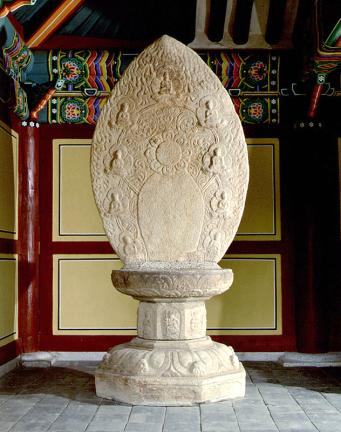국가유산 종목별 검색
보물
홍천 물걸리 석조대좌 및 광배 (洪川 物傑里 石造臺座 및 光背)Stone Pedestal and Mandorla in Mulgeol-ri, Hongcheon
| 분 류 | 유물 / 불교조각 / 석조 / 대좌 |
|---|---|
| 수량/면적 | 2기 |
| 지정(등록)일 | 1971.07.07 |
| 소 재 지 | 강원 홍천군 내촌면 동창로153번길 34 (물걸리) |
| 시 대 | 신라시대 후기 |
| 소유자(소유단체) | 국유 |
| 관리자(관리단체) | 홍천군 |


보물
홍천 물걸리 석조대좌 및 광배 (洪川 物傑里 石造臺座 및 光背)Stone Pedestal and Mandorla in Mulgeol-ri, Hongcheon
| 분 류 | 유물 / 불교조각 / 석조 / 대좌 |
|---|---|
| 수량/면적 | 2기 |
| 지정(등록)일 | 1971.07.07 |
| 소 재 지 | 강원 홍천군 내촌면 동창로153번길 34 (물걸리) |
| 시 대 | 신라시대 후기 |
| 소유자(소유단체) | 국유 |
| 관리자(관리단체) | 홍천군 |

ⓒ 2000. CULTURAL HERITAGE ADMINISTRATION. ALL RIGHTS RESERVED.



 문화유산
문화유산


